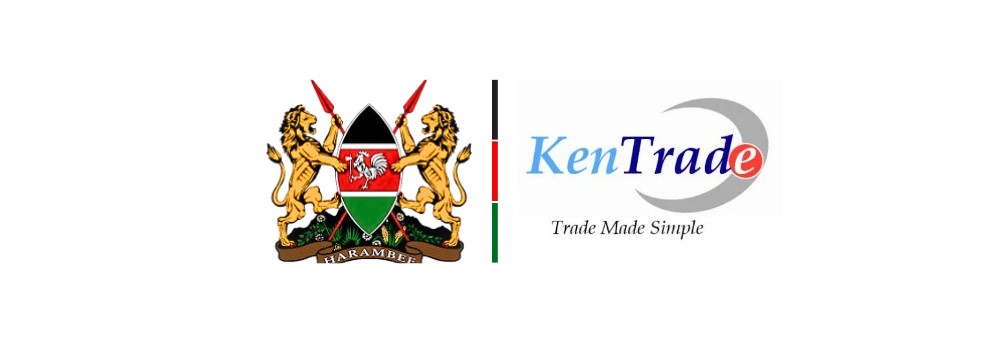- September 29, 2020
- Posted by: Ann Odero
- Category:

Gender mainstreaming has been embraced internationally as a strategy for realising gender equality. It involves the integration of a gender perspective into the preparation, design, implementation, monitoring, and evaluation of policies, regulatory measures, and spending programs, with a view to promoting equality between women and men, and combating discrimination.
Gender mainstreaming requires both integrating a gender perspective to the content of the different policies, and addressing the issue of representation of women and men in the given policy area. Both dimensions – gender representation and gender-responsive content – need to be taken into consideration in all phases of the policy-making process. The issue of representation means looking at the representation of both men and women as policy beneficiaries and ensuring their voices are considered in the organizational decision-making process.
Integrating the gender perspective in a policy means that equality between women and men, as the overarching principle, should be taken into consideration in all decisions, in each phase of the policy-making process, by all the actors involved. The policy process is understood as a multi-stage cycle, including defining, planning, implementing and checking (monitoring and evaluating). In many cases, these stages are turned into a cycle, with each step being repeated as changes occur. For example, when a policy is evaluated, it may reveal new problems that need to be addressed for re-programming. In preparation of official organizational documents, texts or the wording referring to both men and women should be carefully factored. This applies to, forms, documents, telephone directories, texts on the intranet and the internet, advertising for events, folders, posters and film. Attention should be paid to gender sensitive choice of images when preparing public relation materials.
Equal access to and utilization of services is key to gender mainstreaming. Services and products must be assessed as to their different effects on women and men. It is important to identify who uses the services and come up with mechanism that manages them. It is important to factor the needs of both men and women when design these products. Again, identify the group that will suffer most in services offered and provide clear remedies. Such remedies may include and not limited to proper signage, proper lighting, and access without steps. In summary, offices must have services that structurally gendered and barrier free.
(The writer is a regional senior customer service officer at Malaba office)
